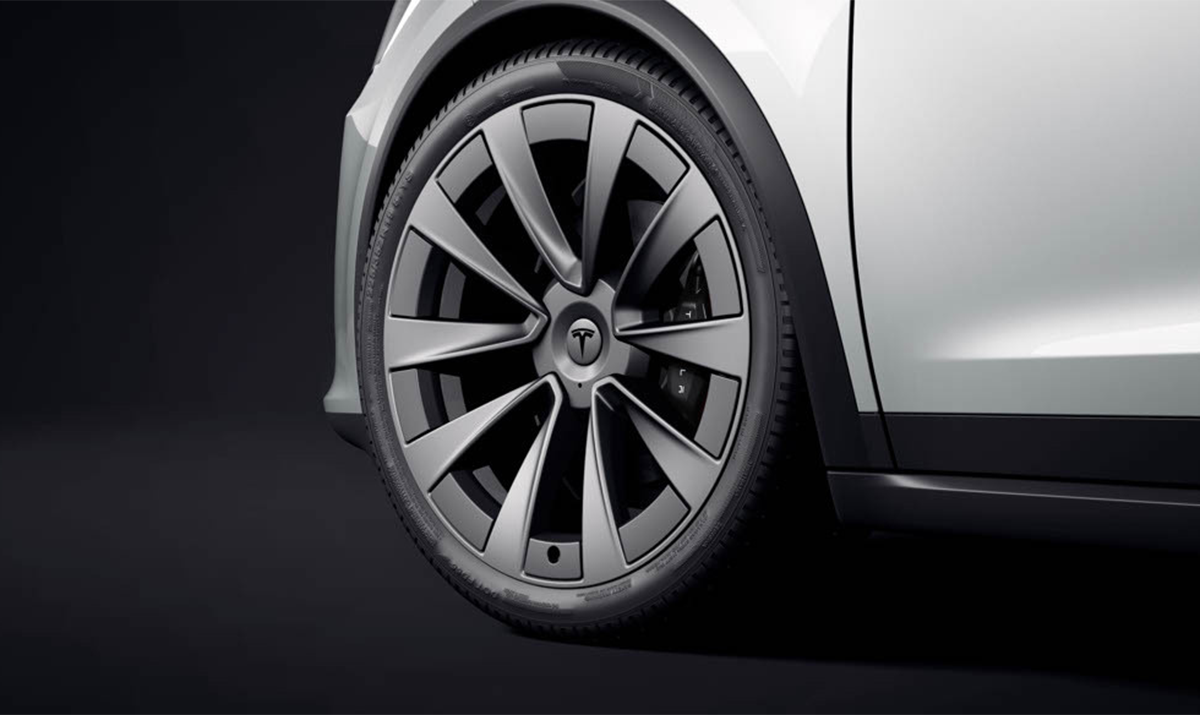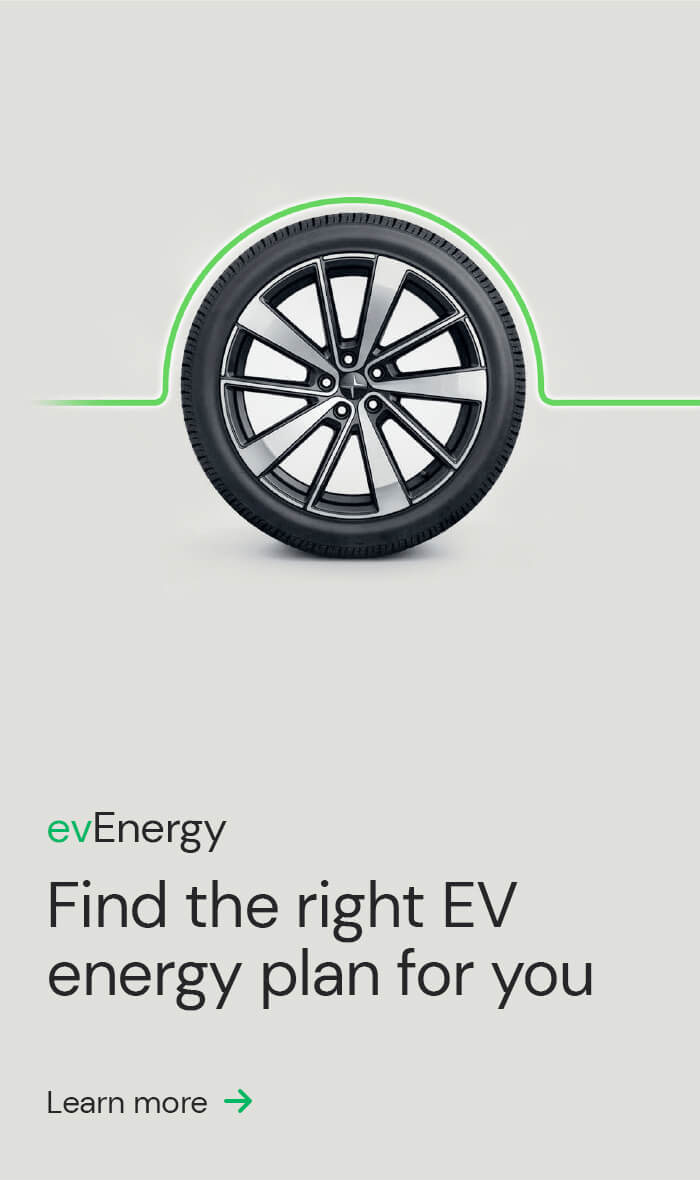If you’re an EV driver, by now you’ll be enjoying those longer periods between maintenance checks and a lack of filter and spark plug changes. However, there will come a point when your car’s tyres may need replacing. Discover why EVs need specific tyres designed and made for them.
How do EV tyres differ?
One thing that sets EVs apart is their unique weight distribution, thanks to those hefty battery packs. Indeed, EVs can weigh up to 30% more than petrol-powered vehicles, according to research from the University of Tennessee’s Centre for Transportation Research. It is possible for regular tyres to be affected by this. Additionally, the instant torque electric vehicles provide can impact weight transfer during acceleration.
These factors can influence the wear patterns on tyres, so EV ones are stronger designed to consider weight distribution.
Of course, electric vehicles are renowned for their quiet and smooth rides. Since tyre noise becomes more noticeable in the absence of typical engine sounds, manufacturers design them specifically to minimise road noise, contributing to the overall comfort of your EV driving experience. Michelin’s EV tyres, for instance, come equipped with innovative Michelin Acoustic Technology, which reduces the perceived noise level by 20%.
Finally, EV and tyre manufacturers aim to maximise the car’s efficiency. Tyre rolling resistance can limit the EV’s range, so uniquely designed low-rolling-resistance tyres can contribute to extending the electric range of vehicles by reducing the energy needed for propulsion.
What could happen if I fit the wrong tyres on my EV?
While it is possible to fit traditional ICE tyres on your EV, you run a handful of risks. The first is a reduced range. According to Michelin, tests on its EV tyres showed an estimated 7% increase in range or around 30km for a vehicle with a range of 400km.
Tyres play a crucial role in vehicle safety. Using the wrong ones may compromise braking performance, especially if they’re not designed to work optimally with your EV’s regenerative braking system. Other safety red flags could come from compromised handling. Using tyres not designed for this specific weight balance can affect the vehicle’s stability and overall grip on the road – not a risk you want to take during acceleration, deceleration and cornering.
What are the best practice tips for prolonging my EV tyres?
- When it’s tyre-change time, consult your owner’s manual to determine the recommended tyre size, load capacity, speed rating, tread pattern and any specific guidelines for your model.
- Visit your local trusted tyre dealership for advice based on your driving habits, local conditions and the specific requirements of your EV.
- Ensure your tyres are properly inflated according to the manufacturer’s specifications. Check tyre pressure regularly, especially before long trips.
- According to mycar, a typical EV tyre will get about 40,000km before needing to be replaced, so be mindful of your distances. Rotating them every 8,000 to 12,000 kilometres may help extend their life.
- Rapid acceleration and hard braking can wear out the tread quickly, so limit sudden accelerations and abrupt stops. Smooth driving reduces stress on your tyres and contributes to even wear.
- Steer clear of potholes, curbs and other road hazards whenever possible, as these obstacles can cause tyre damage, affecting both safety and longevity.
- Monthly visual tyre inspections to check for signs of uneven wear, bulges, cuts or other damage is a wise idea. Address any issues promptly and replace tyres that show severe wear or damage.
Summary
- EV tyres are designed with low-rolling resistance to minimise road noise and support the car’s weight evenly.
- Using traditional ICE tyres can result in a 7% decrease in EV range and may compromise braking performance and impact stability and grip, posing risks during acceleration, deceleration and cornering.
- Follow the guidelines in your owner’s manual, seek professional advice from trusted tyre dealerships, maintain proper inflation, schedule regular rotations, practice smooth driving to reduce wear, avoid road hazards and conduct monthly visual inspections for optimal EV tyre care.
Are you considering making the switch to an electric vehicle? ActewAGL can help you effortlessly find, finance and charge your EV. Discover how ActewAGL can support your transition to sustainable driving today. Find out more here.
Sources
https://www.michelin.com.au/auto/advice/ev-guide/electric-car-tyres
https://www.politifact.com/article/2023/jun/21/carry-that-weight-electric-vehicles-outweigh-gas-c/



